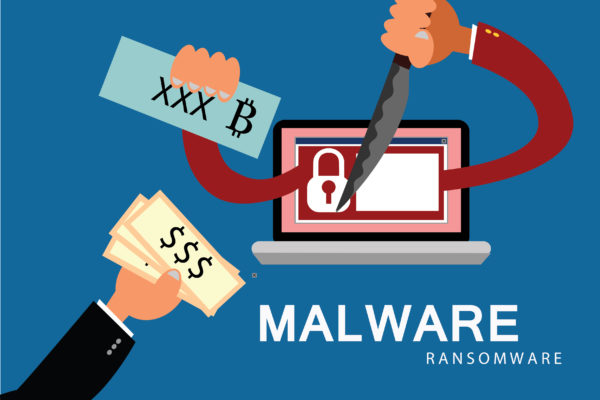Ransomware has been around as a potent cyber threat for years now. But still many people, particularly the ones who are the potential target of ransomware operators, are not very familiar with important details on this cryptographic malevolence. Therefore, in this section, we will do our best to make sure that more users get to know about the intricacies of ransomware.
Having more information on the subject will definitely help them in dealing with any unforeseen cryptovirological activity and the following ransomware removal activities.
So, let’s kick off our discussion by detailing the types of ransomware according to their target of encryption. There are two types of ransomware in this regard: locker ransomware and crypto ransomware. Let’s find out what locker ransomware is all about.
Locker Ransomware
Locker ransomware, as its name suggests, actually locks down user interface on the device to ensure that he can’t access any computing resources on it. In locker ransomware, the operators only allow very minimum access of the device to the victim so that he can only communicate regarding extortion payment for ransomware removal.
Encryption Activity of Locker Ransomware is not Extensive
While it virtually makes a device unavailable to the user, it doesn’t spread its tentacles of encryption to every file and folder stored on the device. This shallow encryption of locker strain makes ransomware removal activities easier for the affected user. With the help of any good anti-malware software, users can remove the plague of ransomware from the interface of their device.
Locker Ransomware Operators Heavily Rely on the Tactics of Social Engineering
Since ransomware removal of locker strain is easier, therefore its operators are very much dependent on social engineering tactics to make their outings successful. For instance, they try to scare victims by posing as law enforcement officials to yield to their demands.
Locker Ransomware is a Cyber Threat of Future
Locker ransomware can be very effective against devices that operate with limited options. This means locker ransomware attacks against devices operating on the Internet of Things (IoT) can be very yielding for the attackers. Since we all know that IoT has an obvious place in our future.



